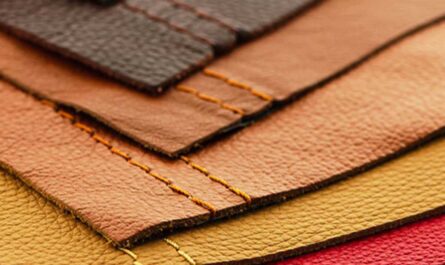The Development of Lycra
In the 1950s, scientists at DuPont developed the first synthetic fiber that could significantly stretch yet return to its original shape. They called this new material Lycra, a spun yarn made from polyurethane. The scientists aimed to create a fabric that could stretch far beyond wool and provide a smooth, comfortable feel for wearers. After years of testing and refining, DuPont debuted Lycra fibers under the brand name Lycra in 1959.
Early Adoption in Sportswear and Undergarments
One of the first commercial applications of Lycra was in sportswear and activewear. Its stretch and breathability made it well-suited for leggings, unitards, and leotards worn during activities like dance, gymnastics, and aerobics classes. It also found popularity in tight-fitting undergarments like bras, shapewear, and tighty whities due to its ability to smooth lumps and provide a custom fit. Brands like Long Tails and Speedo incorporated Lycra into swimsuits and athletic attire as well. Through the 1960s and 70s, Lycra gradually gained acceptance for activewear and intimates.
Expansion into Mainstream Fashion
By the 1980s, Spandex fibers had improved in strength, smoothness, and color selection. Designers began integrating it into other areas of fashion beyond activewear. Leg warmers and biker shorts made from Lycra and Lycra blends grew trendy. Major denim brands added a small amount of Lycra to jeans, creating a new stretch fabric labeled “Lycra denim.” This made jeans more form-fitting yet comfortable for varied thigh and calf sizes. Celebrities like Olivia Newton-John and Jennifer Beals popularized the skin-tight Lycra pants and leggings trend as well. As baby boomers aged, they embraced the flattering and supportive properties of Lycra in everyday casuals.
Dominance in Shapewear and Hosiery
As body-shaping undergarments grew more mainstream in the 1990s, Lycra became the fabric of choice. It allowed shaping garments to be practically invisible under clothes yet still create a smoother silhouette. Brands like Spanx, Sara Blakely’s undergarments line, used over 90% Lycra composites. Stockings and pantyhose transitioned almost entirely from nylon to nylon-Lycra blends to accommodate varying leg shapes. Lycra fibers were vastly superior at preventing bagging, rippling, or sagging compared to other elasticized yarns. Now, it remains the go-to fabric for shaping lingerie, control-top tights, and thigh-highs.
Continued Evolution of Athletic and Active Apparel
As fitness culture expanded globally in the 2000s, athletic clothing pioneers integrated more Spandex into leggings, tanks, sports bras, and compression gear. Nike, Under Armour, and Lululemon turned to technologically-advanced Lycra and Lycra blends to wick moisture, flex with the body, and provide compression for support. These innovative performance fabrics aided in recovery after exercise and prevented chafing. Companies began categorizing their proprietary blends by percentage of Lycra, such as 87%/13%. New weaves using yarns with varied Lycra deniers created meshed textures and structures for breathability as well. Today, high-performance athleisure is unthinkable without Lycra as its base.
Lycra’s Continuing Impact on Fashion
Over 60 years after its invention, Spandex remains a workhorse fiber for the apparel industry. It appears in 95% of all clothes worldwide to some extent, whether for its stretch, shaping abilities, or sustainability advantages over other elastic materials. New generations are designing with eco-friendly Lycra made from recycled polyester waste. The fabric continues expanding into emerging categories like yoga pants, rompers, bodysuits, and onesies favored by Millennials and Gen Z. Its adaptive four-way stretch also seems primed for integration into adaptive clothing soon. As technology improves Lycra further, its reign over the hosiery, activewear, and shapewear industries is unlikely to fade. The synthetic fiber has undeniably changed the way people dress worldwide through nearly limitless stretch and fit.




